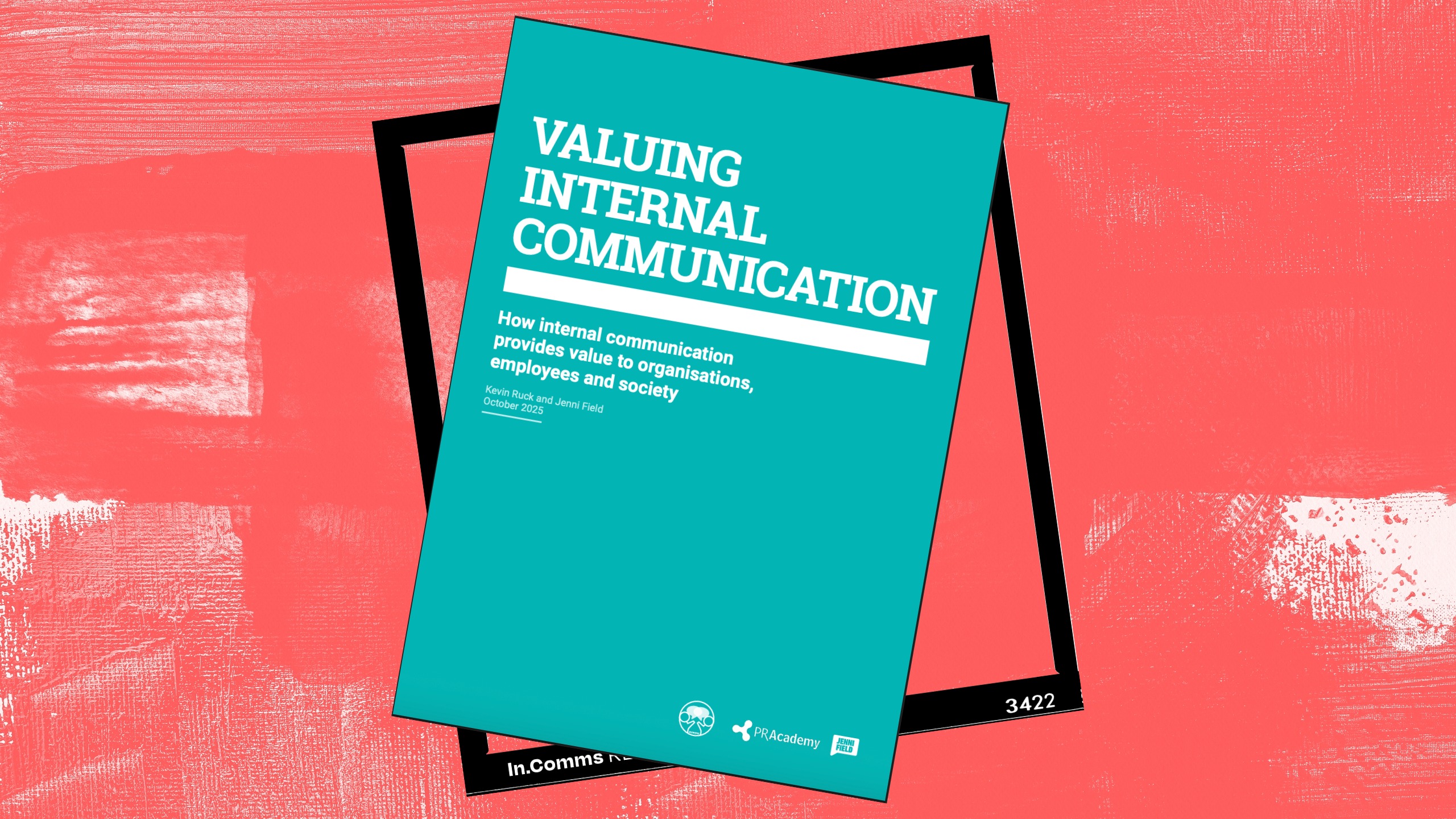Internal communications has become a multi-dimensional strategic asset; no longer does it exist simply to disseminate information to the masses, but it now plays an important role in building and maintaining lasting organisational relationships that lead directly to positive performance, strong company culture and engaged employees.
In spite of this, a report published today by the Internal Communication Research Hub (ICRH) – based on the findings of 60 academic journal articles and industry reports published in Europe since 2010 – has found that there is a general lack of understanding as to the “value creation in strategic communication”.
The ‘Valuing Internal Communication’ report introduces the PACEC framework – Performance, Alignment, Culture, Engagement and Change – which indicates where and how internal comms adds organisational value:
- Performance: better internal comms equals better results. Aligned firms grow 58 per cent faster and are 72 per cent more profitable.
- Alignment: the top purpose of internal comms (named by 86 per cent of practitioners) is ensuring everyone understands purpose and strategy.
- Culture: internal comms actively shapes workplace culture and belonging – not just reflects it.
- Engagement: “excellent” internal comms can increase engagement scores by up to 40 points.
- Change: good communication makes change succeed (93 per cent employee positivity with excellent change comms).
The report redefines internal communications as a “relational, two-way process” and highlights that trust, authenticity and listening are more powerful than polished “spin”. In fact, 37 per cent of practitioners say their leaders now expect them to do more listening, not just more messaging.
At an individual level, successful internal comms fosters feelings of belonging among employees, alignment with company values and psychological safety. These outcomes are linked to higher engagement, employee satisfaction and mental health, which leads to lower turnover and stress.
There is a “significant cost” to poor internal comms, such as misalignment that “directly hits the bottom line”. Highly aligned organisations increase revenue 58 per cent faster and are 72 per cent more profitable than those operating in misalignment, according to the report. Communication failures cause 44 per cent of project delays or failures, 31 per cent of missed goals and 25 per cent of lost sales. Productivity losses average US $26,041 (£19,569 approx) per employee per year. Employees lose seven hours per week to miscommunication and 1.8 to 2.5 hours per day searching for information. Poor internal comms also fuels stress, burnout, disengagement, and reputational risk.
The report urges organisations to increase investment in internal comms. Cross data analysis based on organisational size suggests organisations allocate one comms representative per 1,000 employees. Outcomes and impact should be measured as opposed to outputs; instead of focusing on the amount of emails sent, organisations should log how employees engage with that communication and the impact it has on them.
Teams should be encouraged to embrace a “dialogic approach”, with a shift toward listening and responding. Data from the Institute of Internal Communication (IoIC) says 67 per cent of practitioners include “feedback and listening” in their role and 37 per cent were asked to “do more” by their leaders. This, the report suggests, indicates that listening to employees is increasingly being understood as a core internal comms practice.
The report also included some useful recommendations based on its findings:
10 things to create value and impact
1. Conduct regular pulse surveys with employees to understand their interests and channel
preferences
2. Develop measurable communication objectives and review progress regularly
3. Include clear outputs, outcomes and impacts in your plan
4. Allocate 50 per cent of your resources to listening to employees and responding to what they say
5. Regularly check that your organisation’s purpose and values are consistent with the ongoing strategic narrative
6. Support managers to be open, transparent and empathetic
7. Embed clarity, honesty, and listening as core change management communication processes from the start
8. Encourage managers to adopt appreciative working climate processes, such as expressing gratitude and providing support to employees
9. Develop internal communication reporting process that go beyond channel metrics to show the impact on performance and employee well-being
10. Be confident and assertive about the benefits that internal communication generates

